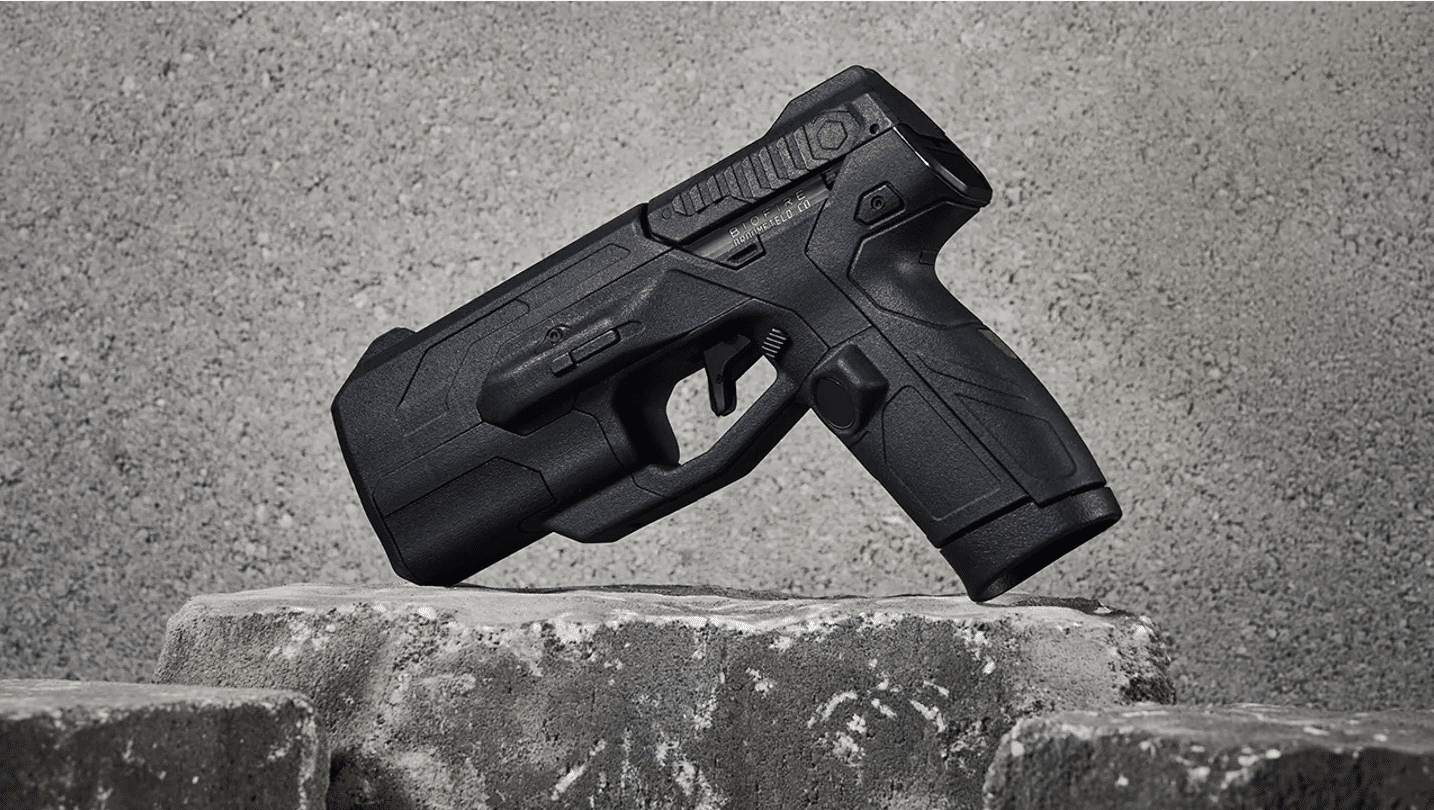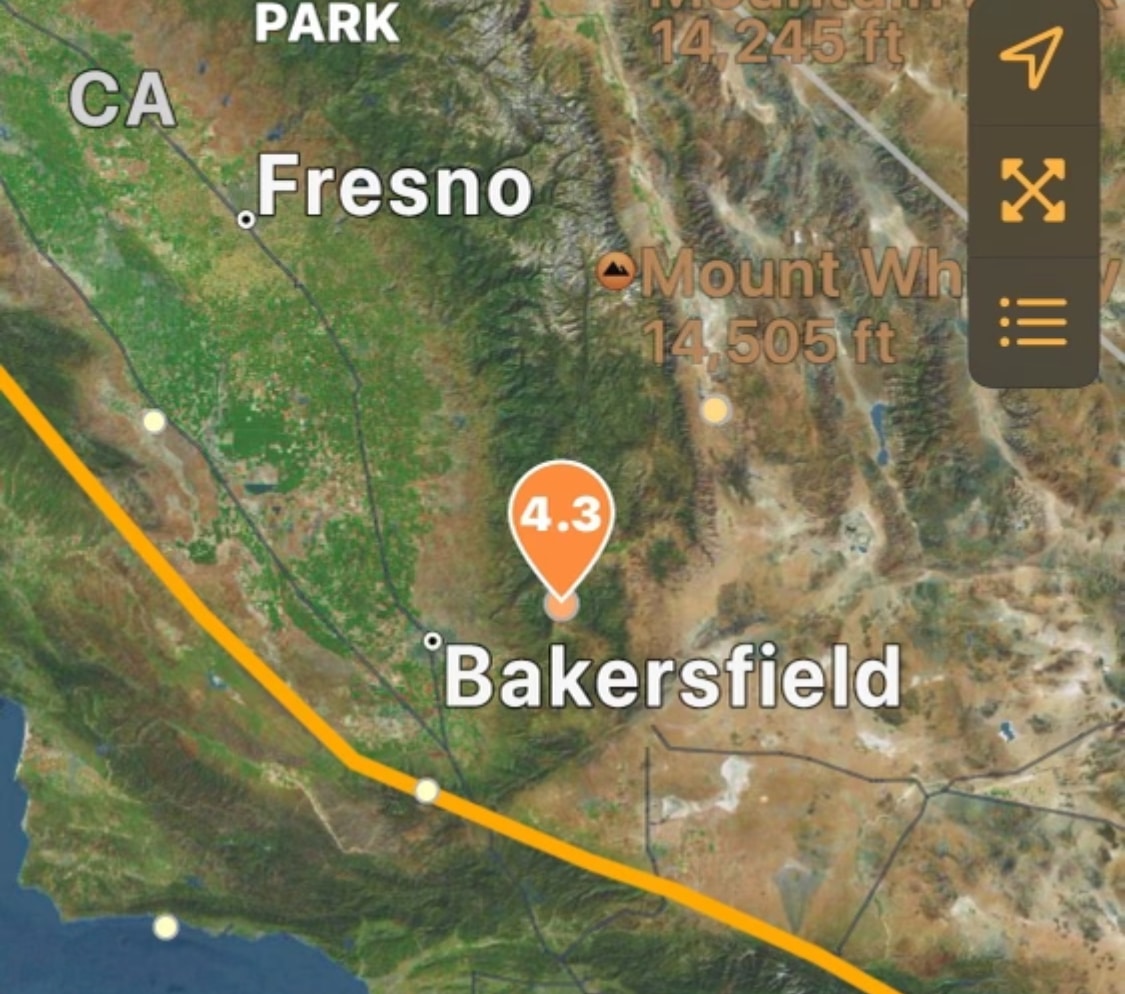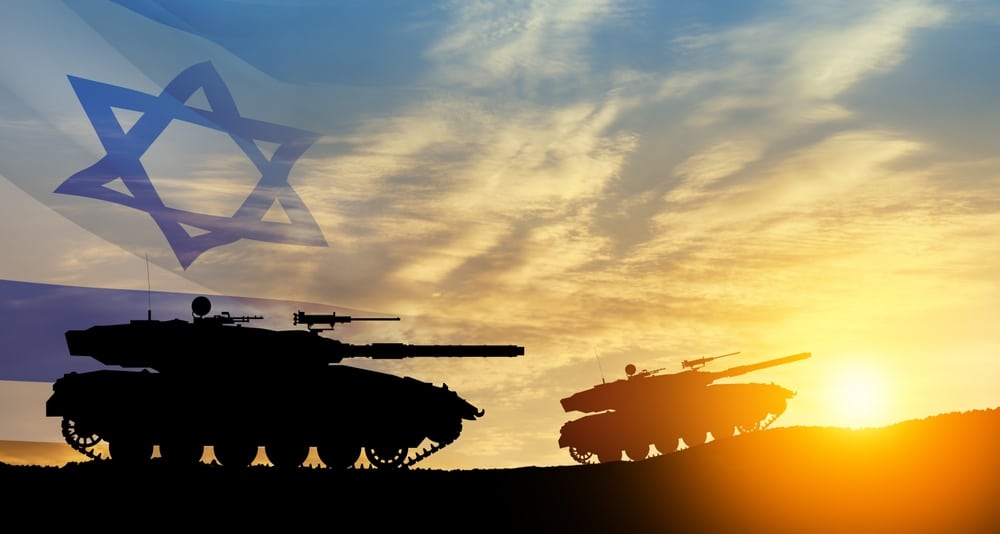(OPINION) As China waged extensive military exercises off of Taiwan last week, a group of American defense experts in Washington was focused on their own simulation of an eventual — but for now entirely hypothetical — US-China war over the island.
The unofficial what-if game is being conducted on the fifth floor of an office building not far from the White House, and it posits a US military response to a Chinese invasion in 2026. Even though the participants bring an American perspective, they are finding that a US-Taiwan victory, if there is one, could come at a huge cost.
“The results are showing that under most — though not all — scenarios, Taiwan can repel an invasion,” said Mark Cancian, a senior adviser at the Center for Strategic and International Studies, where the war games are being held. “However, the cost will be very high to the Taiwanese infrastructure and economy and to US forces in the Pacific.”
In sessions that will run through September, retired US generals and Navy officers and former Pentagon officials hunch like chess players over tabletops along with analysts from the CSIS think tank. They move forces depicted as blue and red boxes and small wooden squares over maps of the Western Pacific and Taiwan. The results will be released to the public in December.
The not-necessarily-so assumption used in most of the scenarios: China invades Taiwan to force unification with the self-governed island, and the US decides to intervene heavily with its military. Also assumed but far from certain:
Japan grants expanded rights to use US bases located on its territory, while stopping short of intervening directly unless Japanese land is attacked. Nuclear weapons aren’t used in the scenarios, and the weapons available are based on capabilities the nations have demonstrated or have concrete plans to deploy by 2026.
China’s test-firing of missiles in recent days in response to US House Speaker Nancy Pelosi’s visit to Taiwan underscored a Chinese capability that’s already assumed in the gameplay.
In 18 of the 22 rounds of the game played to this point, Chinese missiles sink a large part of the US and Japanese surface fleet and destroy “hundreds of aircraft on the ground,” according to Cancian, a former White House defense budget analyst and retired US Marine. “However, allied air and naval counterattacks hammer the exposed Chinese amphibious and surface fleet, eventually sinking about 150 ships.”

















